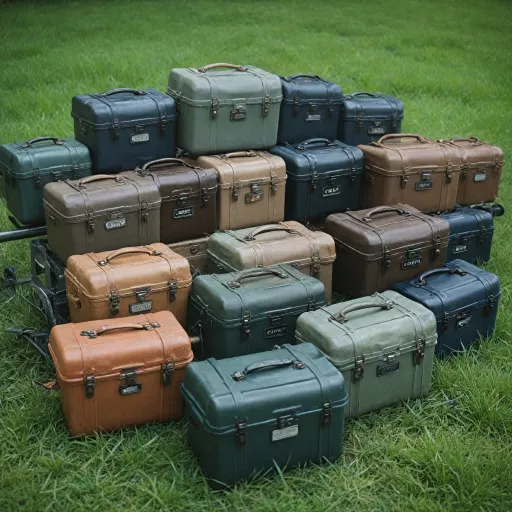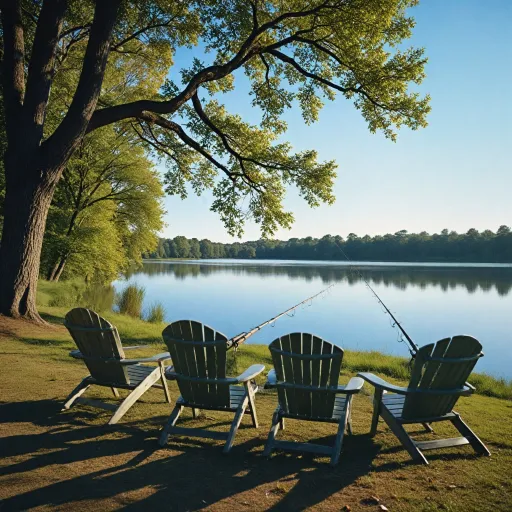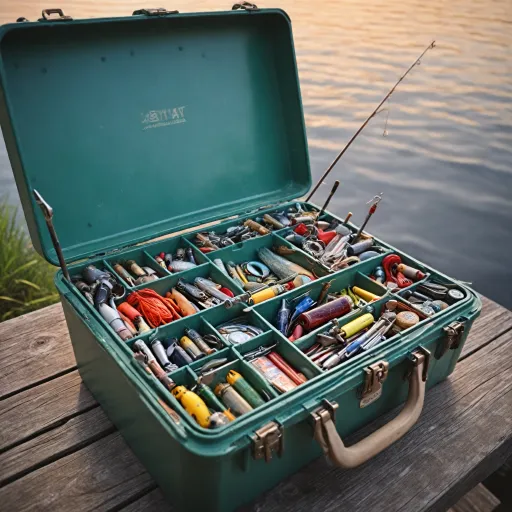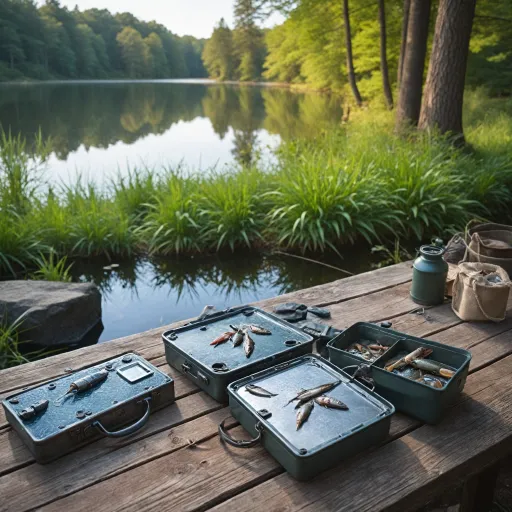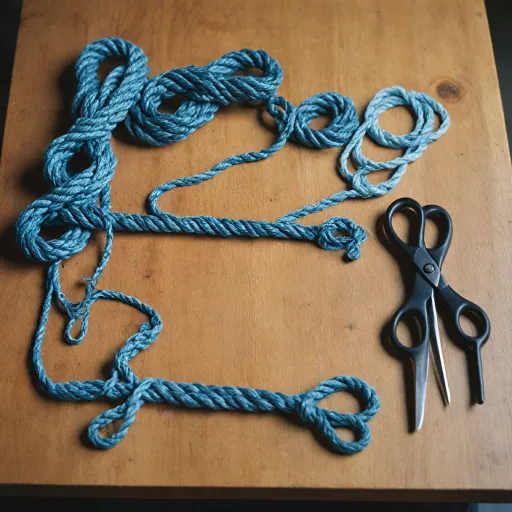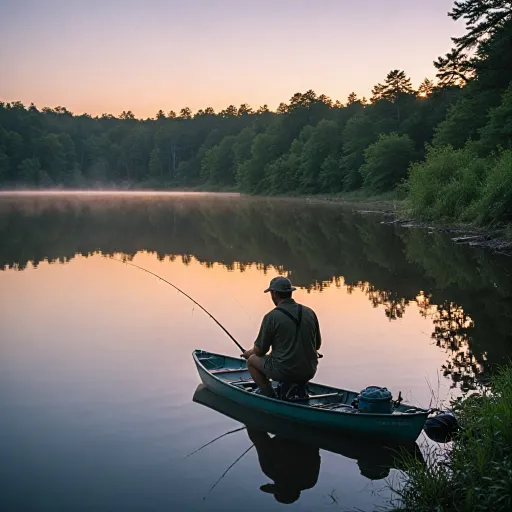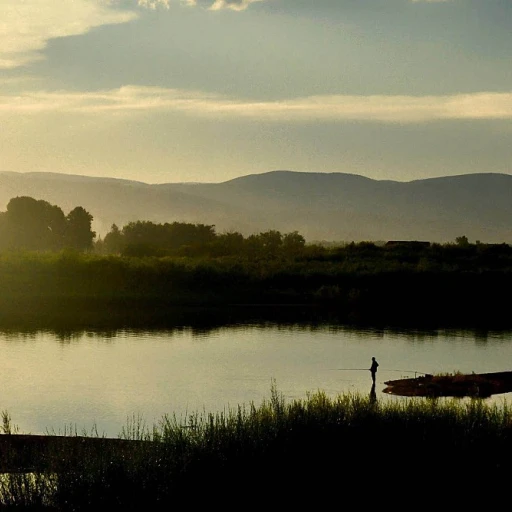
Understanding Different Types of Fishing Nets
Types of Nets: A Guide for Every Fisherman
Fishing nets come in a dizzying array of shapes, sizes, and designs, each intended to meet the diverse needs of anglers—from those casting lines in the bustling shores of New York's Long Island to the serene waters of Jerusalem. Understanding these differences is crucial for any fisherman looking to optimize their catch during the regular season or a recreational game day on the water.
Some key types of nets include:
- Seine Nets: Ideal for encircling schools of fish, great for team efforts where coordination is the key, much like a well-coached sport team.
- Cast Nets: Perfect for solo outings, allowing a fisherman to mimic the precise movements of a skilled point guard threading through the court.
- Dip Nets: Excellent for quick, reactive catches akin to making quick decisions on the NBA court.
- Throw Nets: Often used in both the preseason and regular season fishing tournaments, these require practice and skill much like preparing for an NBA preseason opener.
If you're keen on improving your catch rate with the right choice, take a look at how selecting the right fishing net can skyrocket your catch rate.
Just like the unique and varying strategies of the Brooklyn Nets during their games at the Barclays Center, the type of net you choose can greatly influence your fishing success. Whether you're a rookie or a seasoned angler, it's all about picking the right strategy for the day's conditions.
Choosing the Right Material for Your Fishing Nets
Selecting the Optimal Material for Your Fishing Nets
When it comes to choosing the right material for your fishing nets, several factors come into play, allowing you to enhance both your fishing game and your enjoyment on the water. The material of your net can significantly impact its durability, weight, and ease of use, which are crucial for recreational fishermen.
One of the most popular materials for nets is nylon, known for its strength and resistance to weather conditions. Nylon nets are lightweight and easy to handle, making them a favorite among many fishing enthusiasts. Meanwhile, monofilament nets offer great transparency in the water, which can help in not spooking the fish. These are particularly favored by those practicing the art of net casting, ensuring minimal disruption during the fishing process.
Another option is polyester, which provides excellent durability and resistance to UV rays. This can be particularly important when fishing in environments like Long Island or near Barclays Center in Brooklyn where the sun can be quite intense during the NBA season or regular season games. Polyester nets can endure longer in such conditions, maintaining their structural integrity over time.
Choosing the right material is essential not only for practical reasons but also for enhancing your fishing experience, allowing you to enjoy your day on the water whatever the location, be it the serene shores of Jersey or the busy waters near Brooklyn events. By understanding and selecting the right nets, you'll be better equipped to enjoy your time while ensuring you have a reliable tool by your side.
Proper Techniques for Using Fishing Nets
Mastering the Techniques: Using Nets with Precision
For recreational fishing enthusiasts, understanding the proper techniques for using nets can significantly enhance your fishing experience and success rate. Nets are versatile tools, but mastering their use requires knowledge and practice. When it comes to deploying nets, timing and technique are everything. Whether you're fishing off Brooklyn's coastlines or enjoying a serene day on Long Island, there's more to it than simply casting the net into the water.- Positioning and Timing: Location is key. Consider the environment and species of fish you are targeting. Nets are versatile, being used for everything from small streams to the ocean's edge. If you're fishing in areas around the world renowned, like a bustling marina in Jersey or a tranquil brook in York, ensure your netting activities do not disturb natural habitats.
- Technique: Practice casting your net in a consistent circular motion, maximizing the area covered. Whether you're a star player in recreational fishing akin to a point guard in the NBA seasoned game of fishing, refining your throw mimics the precision of players in a nail-biting team game at Barclays Center.
- Retrieving your Catch: Once your net is under the water, allow it to settle briefly. As the weights bring it down, gently pull the drawstrings to close the net. Ease and finesse ensure a good catch, much like when a basketball audience in a preseason opener appreciates a smooth three-pointer.
Maintenance and Care for Fishing Nets
Extending the Lifespan of Your Nets
Proper care and maintenance of your fishing nets are crucial to ensure their longevity and effectiveness, much like how taking care of a basketball player's equipment, whether in Brooklyn or any NBA team, is key to a successful season. Here are some essential tips to help maintain your nets in pristine condition:- Cleaning: After every fishing trip, it is important to thoroughly clean your nets to remove debris, salt, and any organic matter. Saltwater can be particularly harsh, similar to how the pressure of a regular season can wear down a player's endurance, so a rinse with fresh water helps prevent damage.
- Drying: Ensuring your nets are completely dry before storage prevents mold and mildew. Lay them out in a shaded area to dry, much like how training regimens are adjusted to keep athletes like those at Barclays Center in top form during the preseason and beyond.
- Storage: Store your nets in a cool, dry place away from direct sunlight. Prolonged exposure to UV rays can degrade the material, akin to how continuous exposure to intense media scrutiny can wear down a star player over a long season, affecting performance.
- Repair: Regularly inspect your nets for any holes or tears and repair them promptly. This ensures your nets, much like a well-prepared team, are always ready for the big game, whether it's a quiet day on Long Island or prepping for a play in the NBA.
Innovations in Fishing Net Design
Innovative New Designs
In recent years, fishing nets have seen numerous innovations, making them more efficient and user-friendly for recreational anglers. These advancements not only enhance performance but also cater to a wide array of fishing scenarios, whether you’re angling on Long Island or spending a day at a secluded brook.
One significant development in the world of fishing nets is the implementation of more sustainable materials. Environmentally conscious brands are ensuring their products have minimal impact on marine life, while still delivering the effectiveness that nets are known for.
Technological Advancements in Net Design
Incorporating cutting-edge technology into net design has been pivotal. Modern nets are now equipped with features like adjustable buoyancy, which helps maintain the perfect depth, and improved mesh structures that facilitate easier catch-and-release methods. Technologies adapted from various fields, including basketball court designs in Barclays Center and state-of-the-art manufacturing processes inspired by locales like Brooklyn or New Jersey, are driving these innovations forward.
These new designs not only benefit recreational fishers but also NBA-like competitors in fishing tournaments hosted in centers around the world, from Jerusalem to Brooklyn.
Ergonomics and User Efficiency
While innovations often focus on improving the catch rate, user comfort has not been neglected. Many manufacturers are iterating on ergonomics to reduce fatigue, with handles and grips tailored for optimal performance—whether you’re in a casual setting or a high-pressure competition akin to a regular season basketball game.
Such advancements make it easier for seasoned fishers and rookies alike to maintain consistent performances, not unlike a star point guard leading the Brooklyn Nets to victory.
By staying informed on these latest advancements in fishing net designs, anglers can gain a strategic advantage, much like a team preparing for an intense preseason opener or an exciting season finale. Whether you’re catching fish on Long Island or observing wildlife off the coast of Jersey, these new nets' innovations enhance both the joy and the success of your recreational fishing game.
Environmental Considerations When Using Fishing Nets
Balancing Conservation and Efficiency
Fishing nets, while vital, can have significant environmental impacts if not used thoughtfully. It's crucial to balance efficiency with conservation, especially in ecologically sensitive areas like long island. Nets can disrupt ecosystems, and improper handling can lead to unintended catches, affecting fish populations and local biodiversity. To mitigate this, it's essential to be informed and adopt responsible fishing practices.
Sustainable Practices
Sustainable practices should be a priority for any recreational fisherman. Opt for nets designed to minimize bycatch and ensure they adhere to local regulations, especially in areas with strict conservation measures. Consider the type of netting material, as certain materials may have a lower environmental footprint. Choosing the right combination of materials and techniques contributes to a more sustainable fishing experience.
Adapting to Regulations
Local regulations may vary, especially in regions like york or those governed by specialized authorities. Staying updated with regulations ensures that your fishing practices align with environmental goals. For instance, certain areas, like those around barclays center, may have specific guidelines to protect local marine life.
Additionally, engaging with local fishing communities can offer insights into region-specific conservation tactics and sustainable practices. Cooperation and knowledge sharing are key to fostering a balanced relationship between recreational fishing and environmental stewardship.
Considering Innovations
Innovations in fishing net design provide opportunities to reduce environmental impact. Advancements such as biodegradable nets and those with selective mesh sizes can help minimize ecological disruption. While these options may sometimes be more expensive, investing in them supports both conservation efforts and the long-term sustainability of fish habitats.
In conclusion, it's imperative to integrate environmentally conscious choices into your fishing pursuits, ensuring that the joy of fishing is preserved for future seasons and generations.

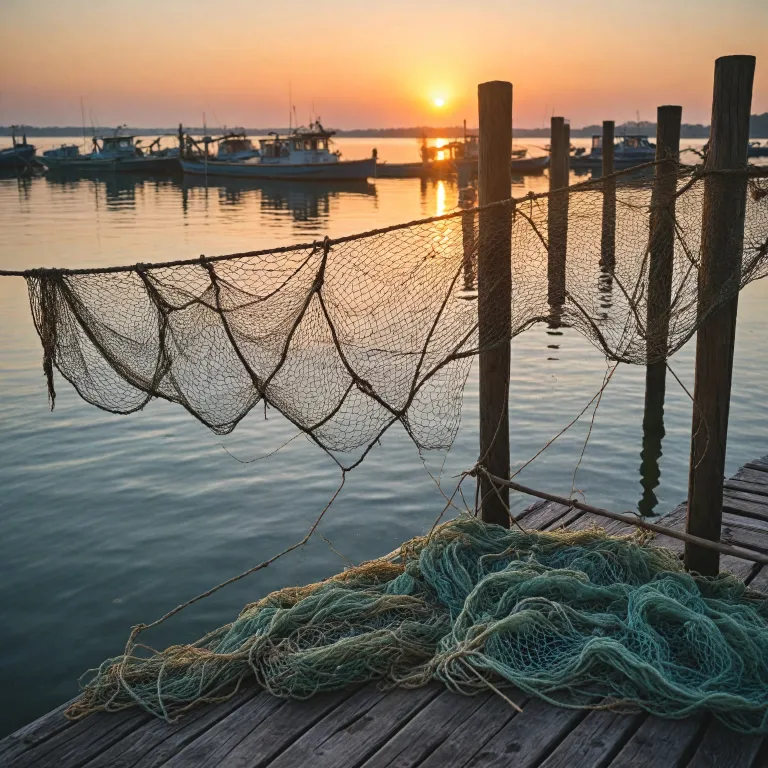
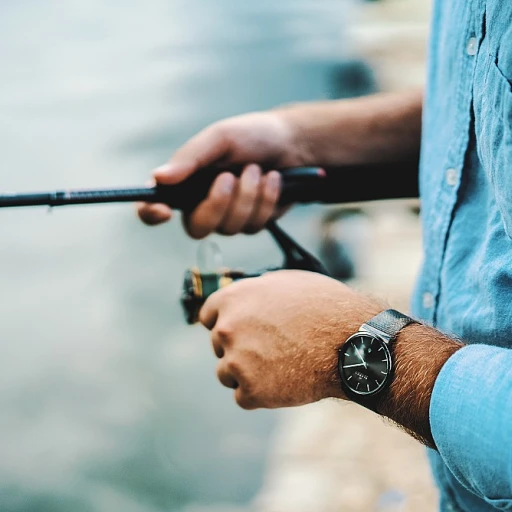
-large-teaser.webp)
